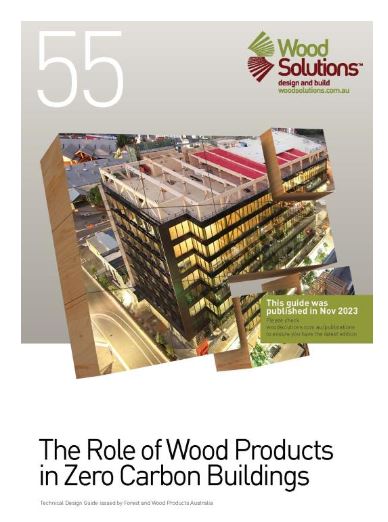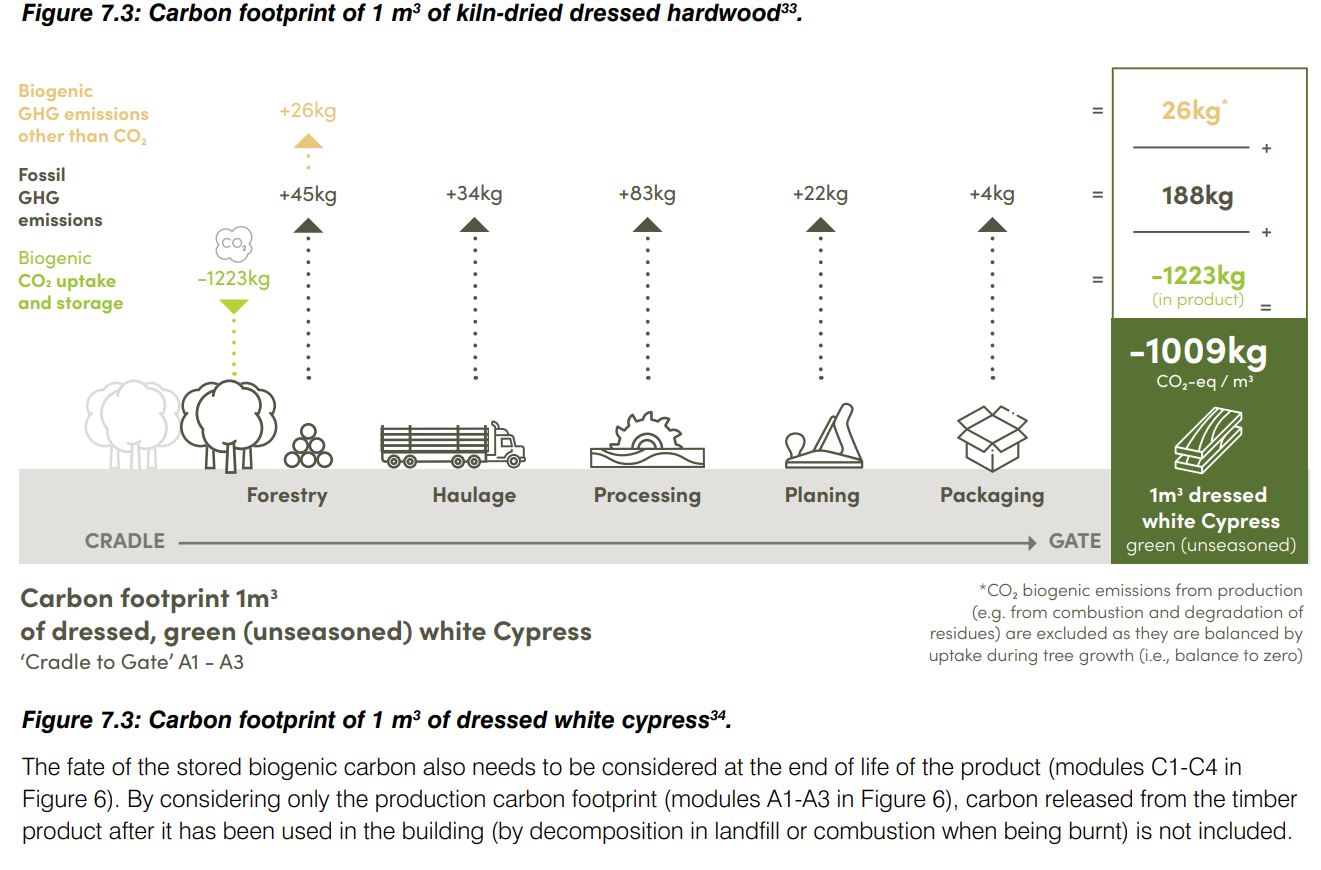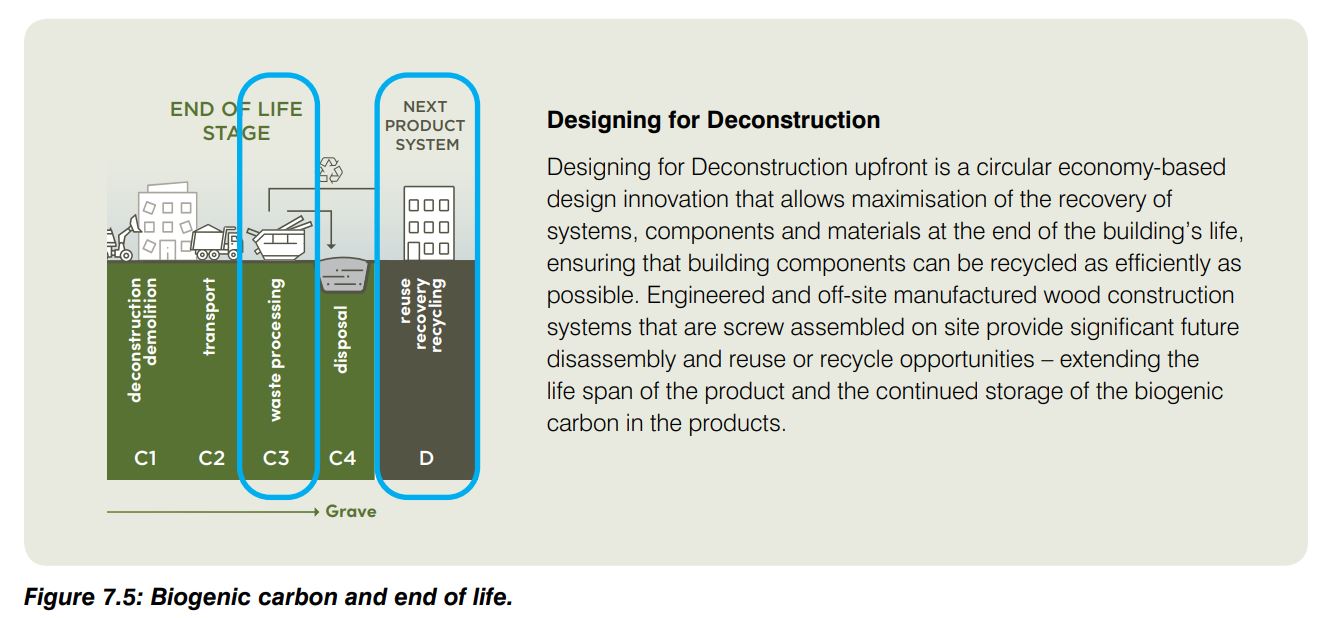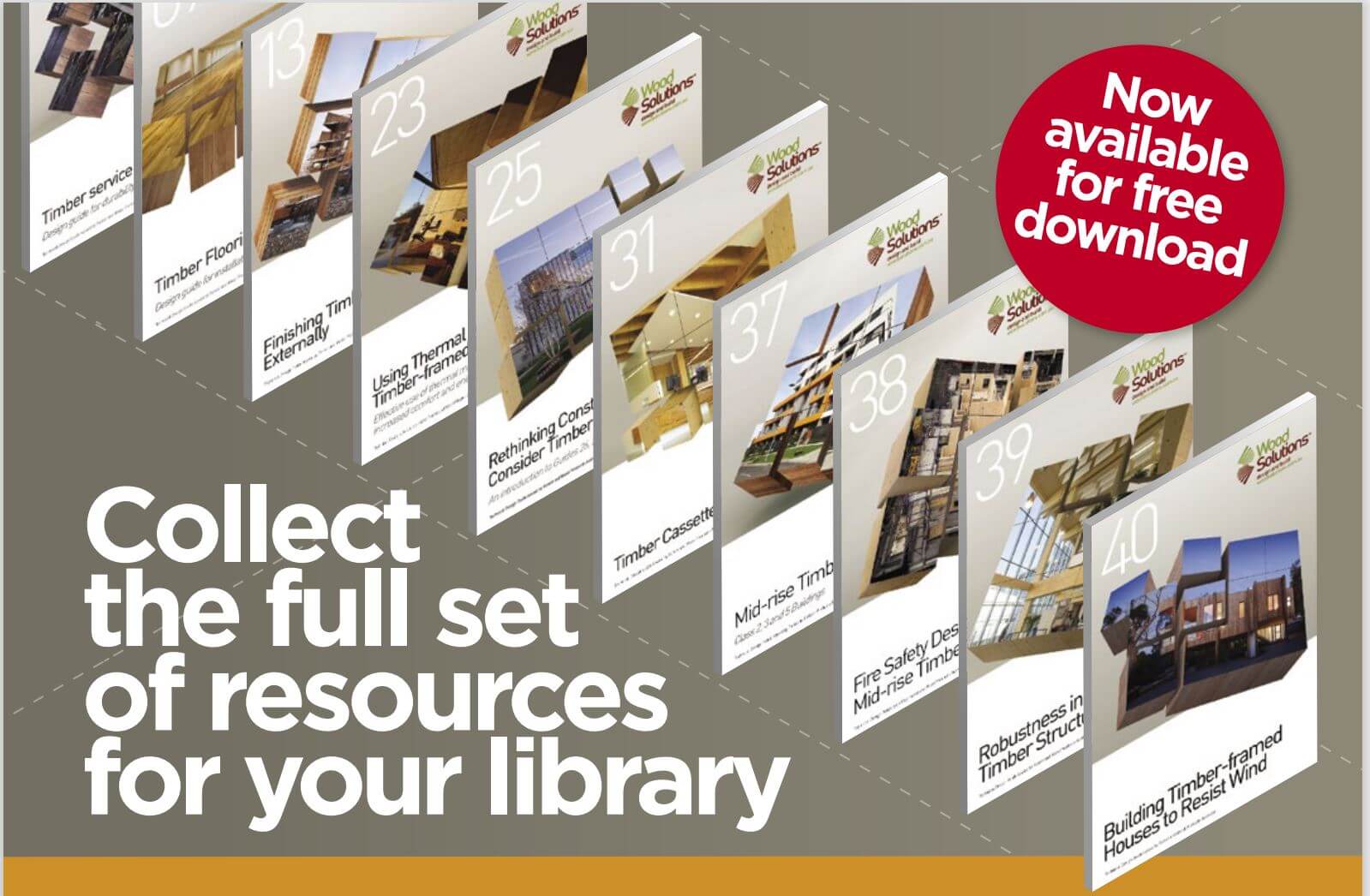This piece was written by FTMA’s Kat Welsh.

What You Need To Know About The Role of Wood
Products in Zero Carbon Buildings
Welcome back for the July edition of Design Guides That Matter #7. Where we are showcasing the incredible technical design guides that make up the FREE resources produced by WoodSolutions. For more general information on the design guides, January’s FTMA article has the main insight into what a great resource WoodSolutions has available.
This month we’re focusing on:
The Role of Wood Products in Zero Carbon Buildings
(55th in the series of guides)

Zero carbon building is a hot topic. Globally, architects, designers, engineers and builders are pioneering ultimate engineered timber buildings that don’t just store carbon for life, but limit the emissions the build will produce throughout its lifetime. There are other guides in the series before this one, but it seemed relevant to bring this one in, as many of the reasons we’re promoting these guides is to highlight the environmental benefits of timber engineered designs.
“Reducing embodied emissions in materials and construction is an essential step in decarbonising Australia’s built environment. The guide provides commentary on embodied carbon across the different stages of the building life cycle. It explains why embodied carbon is important, how it is measured, and the value of reducing upfront carbon while designing with whole-of-life carbon in mind,” WoodSolutions, The Role of Wood Products in Zero Carbon Buildings.

For timber frame and truss fabricators in Australia, the shift towards net zero carbon buildings represents an opportunity to lead the charge in sustainable construction. Timber designs not only reduce the ongoing carbon footprint of buildings but also offer a renewable, durable, and energy-efficient solution. By adopting and promoting timber as a primary construction material, fabricators can play a critical role in creating a greener, more sustainable future.
This guide is an important overall resource in identifying how sustainable timber and building design fits into the global environmental concerns and targets, and the future of housing solutions. It gives a breakdown of terminology, key concepts, case studies, while keeping it relevant for Australian builders and designers. In the face of climate change, the construction industry must pivot more towards sustainability, and net zero carbon buildings are at the forefront of this transformation. For timber frame and truss fabricators in Australia, promoting their services, and the potential of adopting more timber designing, is the responsible choice. This guide particularly is a great tool to assist in looking at the bigger picture behind all the design guides, and exactly what can be achieved with certified wood.

Importantly it also mentions the responsibility of end-of-life choices when it comes to construction, and the relevance of that to Australian governments pushing for circle economy. According to the guide, an estimated 848 kilotonnes of wood ended up in landfill within Australia in 2019. Following 2019, Australia was staring down the barrel of wood shortages, covid supply issues, conflict timber… while certified wood may be a renewable material, we must be more responsible with resources, and designing for end-of-life will make sure that those materials stand their best chance of being a resource that outlives the initial intended purpose.

We highly recommend these resources, all instantly at your fingertips, and crafted by experts in this field. Please get on to it! Make the most of the abundance of combined knowledge.
It’s free and easy to register an account with WoodSolutions and then the design guides are also free to access after that. The library is constantly being added to, updated, and are often discussed in WoodSolutions’ webinars, blogs and social media posts.
Follow WoodSolutions on social media for regular news
Our Principal Partners




